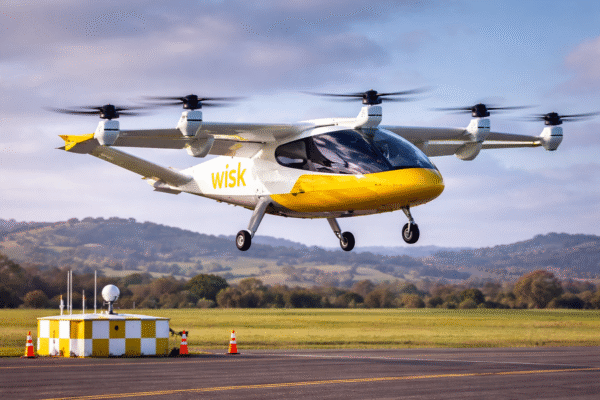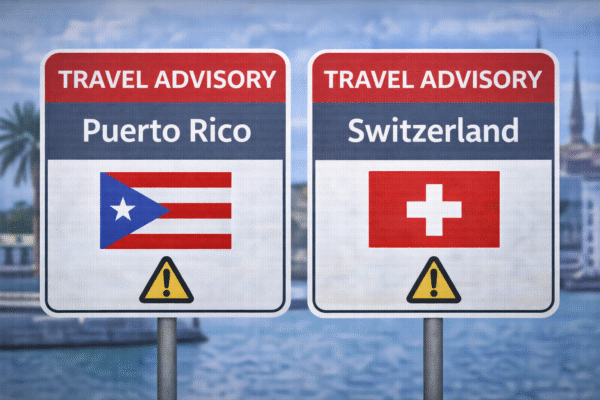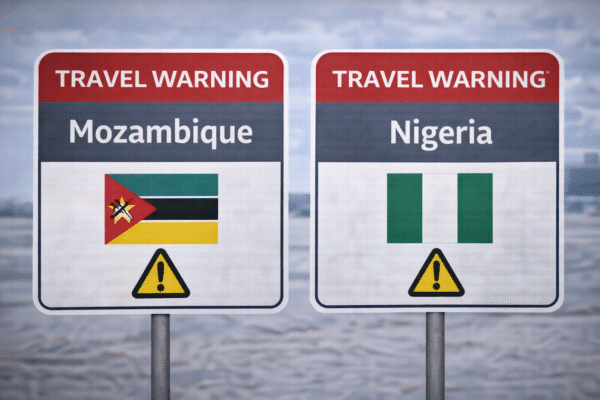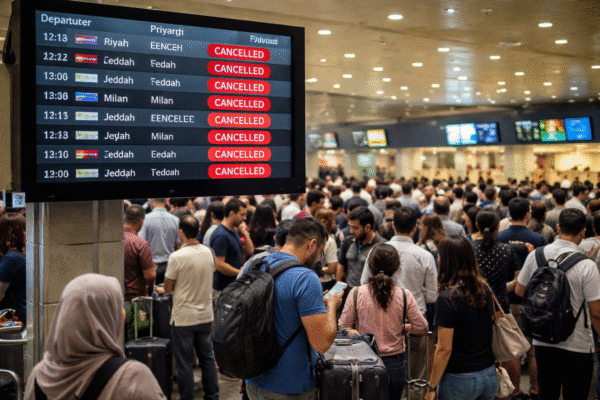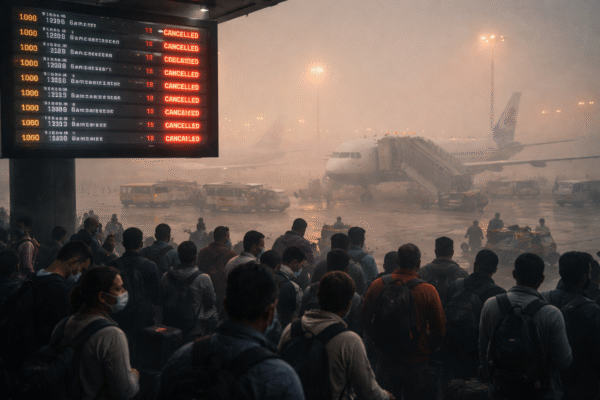Super Typhoon Ragasa has swept across Hong Kong, Taiwan, and southern China, leaving a trail of severe disruptions for both travelers and local residents. With maximum sustained winds of up to 220 km/h (137 mph), Ragasa is among the most powerful storms to hit the region in recent years. Authorities across multiple territories have activated their highest storm alerts, urging residents and visitors to prioritize safety as transport systems and tourism operations grind to a halt.
The storm has been compared to some of the most destructive typhoons in the region’s history, prompting evacuations, closures of major facilities, and extensive flight cancellations. For travelers, this has meant unexpected changes to plans, long airport delays, and a sudden slowdown in one of Asia’s busiest tourism corridors.
Flight Disruptions Across Major Airports
Hong Kong International Airport, a hub for long-haul and regional connections, has faced large-scale cancellations. Airlines including Cathay Pacific, Qantas, Emirates, and Lufthansa suspended dozens of services, with routes to New York, Los Angeles, London, and Sydney particularly affected. Passengers scheduled to fly in or out of Hong Kong from Tuesday evening onwards were advised to remain at terminals until conditions improved.
Temporary rest areas with chairs, blankets, and charging stations were set up at the airport for stranded passengers, reflecting the scale of the disruption. Despite these efforts, thousands of travelers were left facing uncertainty about when they could resume their journeys.
In Taiwan, the Central Weather Bureau reported heavy rainfall and warned of storm surges along coastal areas. The outer circulation of Ragasa forced the suspension of ferry services and air travel, particularly in the eastern counties. Meanwhile, southern China’s Shenzhen Bao’an International Airport halted operations from late Tuesday, affecting business travel in one of the country’s largest technology hubs.
Tourism Industry Braces for Heavy Losses
The tourism industry in East Asia has been dealt a significant blow. September is typically a strong month for international arrivals in Hong Kong and Taiwan, with travelers drawn by cultural festivals, shopping, and sightseeing. However, Typhoon Ragasa has led to a sharp decline in tourist arrivals as safety advisories discourage non-essential travel.
Hotels across affected areas reported waves of last-minute cancellations, while tour operators scrambled to reschedule or refund bookings. Popular attractions such as Victoria Harbour in Hong Kong, Taroko Gorge in Taiwan, and theme parks in southern China closed to visitors in anticipation of dangerous weather conditions. For small businesses reliant on seasonal tourism, the financial setback could be substantial.
Communities Prepare for Impact
Beyond travel disruptions, local communities across Hong Kong, Taiwan, and Guangdong province have been preparing for the storm’s full force. Schools and offices closed, while supermarkets saw a rush of residents stockpiling food, water, and emergency supplies. Authorities in Shenzhen ordered tens of thousands of residents in flood-prone areas to evacuate, relocating them to temporary shelters.
Local governments also reinforced coastal defenses and deployed emergency response teams to prepare for possible flooding and landslides. In mountain regions of Taiwan, landslide warnings were issued as torrential rain soaked already fragile slopes.
Economic Consequences for Regional Travel
The storm’s economic impact extends well beyond grounded flights and hotel cancellations. Business conferences and trade events in Hong Kong and Shenzhen were postponed, affecting sectors that rely heavily on international participation. Cargo operations at major ports were also interrupted, which could briefly affect the movement of goods through some of Asia’s busiest shipping lanes.
Tourism boards in Hong Kong and Taiwan acknowledged that rebuilding traveler confidence after the typhoon passes will be essential. Past experience with severe typhoons shows that visitors tend to return quickly once safety is assured, but losses during peak travel weeks can never be fully recovered.
Recovery and Resumption of Services
Authorities are now closely monitoring the typhoon’s path to determine when transportation services can resume safely. Airlines have indicated that operations will be restored in stages, beginning with domestic and short-haul flights before long-haul routes return to normal. Ferry operators and train services in Taiwan and Guangdong are also expected to reopen gradually once weather conditions improve.
Travelers currently stranded in Hong Kong, Taipei, and Shenzhen have been advised to remain flexible and maintain close communication with airlines and travel agencies. Tourism officials recommend avoiding unnecessary travel until the storm fully clears the region.
Looking Ahead
Typhoon Ragasa highlights the vulnerability of East Asia’s interconnected travel networks to severe weather events. While the storm has disrupted thousands of travel plans and caused significant losses for local businesses, emergency preparedness measures have helped minimize casualties and ensure community safety.
Once skies clear, the region’s resilience will be tested in the recovery phase. Tourism boards are expected to launch renewed campaigns to attract visitors back to key destinations, while airlines and hospitality businesses focus on restoring services quickly and efficiently.
For now, the priority remains public safety and stabilizing essential services. Travelers planning future visits to Hong Kong, Taiwan, or southern China are encouraged to stay updated on official advisories and maintain flexible itineraries during typhoon season.
For more travel news like this, keep reading Global Travel Wire



